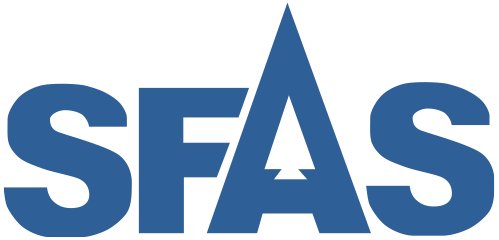The Archaeology and Reconstruction of the Lake Champlain Steamboat Phoenix II
As the fifth passenger steamboat to operate on Lake Champlain between Vermont and New York State, Phoenix II, built in 1820, was once known as the fastest boat in the world. Traveling between St. Jean-sur-Richelieu in Quebec, and Whitehall, New York, for seventeen years, the sidewheel steamers career was colored with a variety of events, including carrying the first fatal dose of Cholera into the United States in 1832. In 1837, the old and worn-out wooden hull was retired to Shelburne Shipyard, where it was scuttled in the shallow harbor. An archaeological investigation of the hull from 2014 to 2016 revealed that only the very bottom of the hull remained intact, but what was left was in a good state of preservation and could tell much about how the vessel was constructed. Excavation of key components of the hull, including the bow, five frame sections, the stern and rudder, allowed archaeologist to reconstruct how the boat was built, and interpret what it might have looked like despite the absence of iconographic evidence. The archaeology revealed that the hull was built much more robustly than what was necessary for an inland body of water like Lake Champlain. Its reconstruction shows that the tubby steamboat was much more simply designed than later passenger steamers and indicates that shipwrights had not yet realized the full potential of hull design as a method of increasing overall speed.
AIA Lecturer – Carolyn Kennedy
Carolyn Kennedy is a nautical archeologist with a focus on North American maritime history. She received her Master’s and PhD from Texas A&M University’s Nautical Archaeology Program where her thesis and dissertation examined the hulls of four 19th-century steamboats in Lake Champlain, Vermont., analyzing how their designs differed and developed over the course of the century as shipbuilders sought to create the ideal hull for the novel steam propulsion. Ater graduating, Dr. Kennedy spent a year as a research associate using cutting-edge laser-scanning technology to document the disarticulated timbers from three historic shipwrecks in Alexandria, Virginia, and reconstructing the ships digitally to better understand their original design and use. Currently, she is co-directing the Gaspe Maritime Archaeology Project, launched in 2019, which seeks to study the maritime heritage and nautical archaeology of early European colonization and subsistence activities of eastern Quebec and Canada. I addition to her interests in the historical and maritime archaeology of Canada and the United States, her research specialties and teaching interests also include public archaeology, analytical archaeology, and the conservation of archaeological materials.
